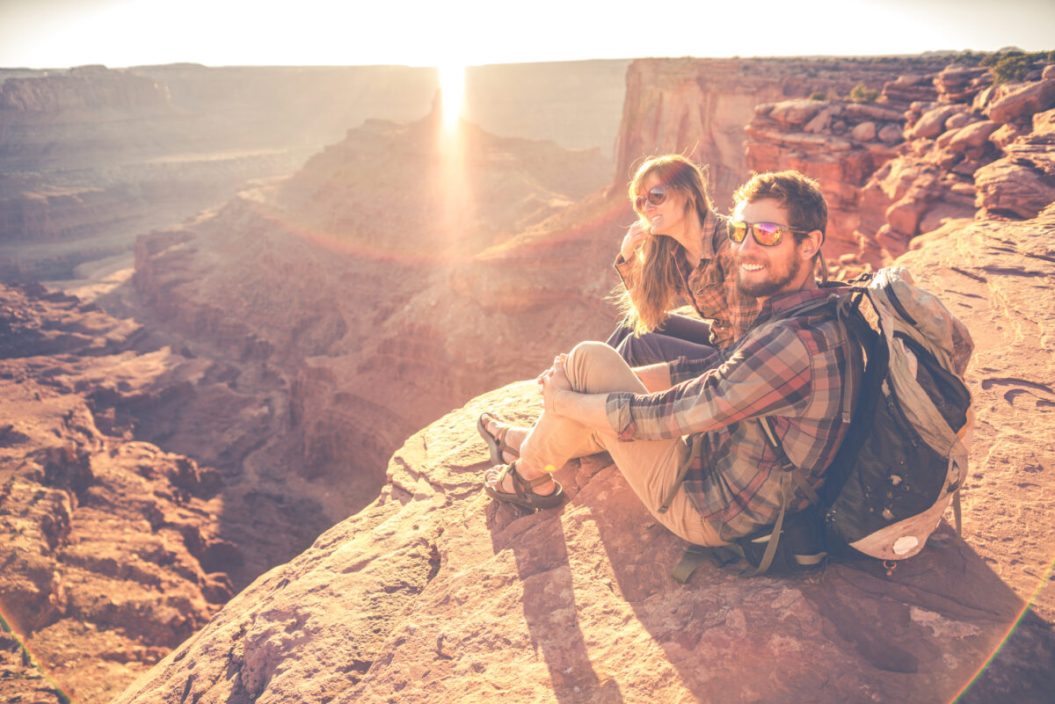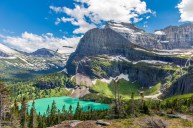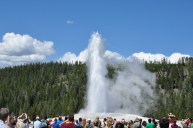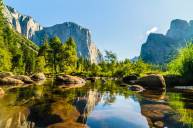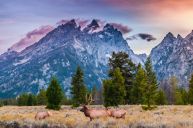Over 300 million people visited the wonders of U.S. national parks in 2022. With more than 400 parks filled with wildlife, waterfalls, trails, and magnificent mountains, there are so many great memories to be had here.
But the wilderness can still be dangerous, especially when you add hundreds of distracted tourists to the mix.
The National Park Service recently released data showing more than 2,000 deaths within park boundaries between 2014 and 2021. While many park deaths are labeled "undetermined," meaning authorities could not determine the cause or the family did not want an autopsy, the top places and events surrounding deaths in national parks may surprise you.
Leading Cause of Deaths in National Parks: Motor Vehicle Crash

Getty Images, Pgiam
While we associate national parks with wildlife and wilderness, it's easy to forget about all the driving you have to do. The leading cause of death in America's national parks is actually from car accidents.
Motor vehicle deaths accounted for 415 of the 2,000 deaths. Driving through gorgeous terrain can be breathtaking, but it can lead to distracted driving. What's more, it's easy and tempting to speed through the windy roads when no one else is around.
Take Great Smoky Mountain National Park, for example, which has 384 miles of roadway, delivering adventurers to its 800 miles of trails. But those same roads are also a vessel for a high rate of motor vehicle deaths. According to Smoky Mountain News, the Blue Ridge Parkway's rangers investigate around 200 incidents each year. Parkway spokesperson Leesa Brandon told the outlet, "I hear our law enforcement rangers time and time again talk about the common factors related to speed and inattention that make those numbers unfortunately very high." In 2020, the Parkway saw ten motor vehicle deaths.
Visitors should handle driving in the parks the way they would any other roadway: Take it slow and keep your eyes on the road.
Leading Cause While Recreating: Medical Issues
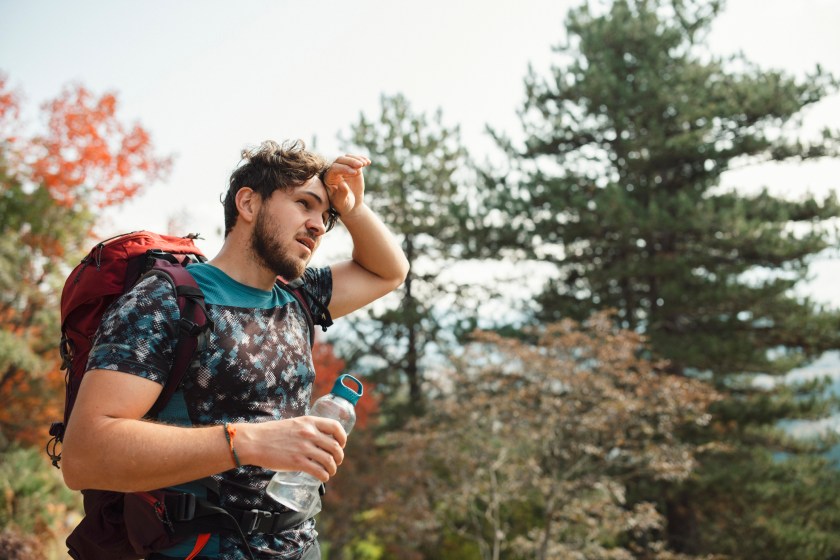
Getty Images, ArtistGNDphotography
Medical-related deaths accounted for 402 national park death. Grand Canyon can attribute half of its 97 deaths over the last eight years to medical.
Most often, these deaths are due to excessive heat: For example, in 2021, a hiker died on the Bright Angel Trail, a popular but dangerous hike from the top of the rim into the canyon. The park encourages hikers to start before 10 a.m. to beat the heat and take shelter during the warmest parts of the day, between 10 a.m. and 4 p.m. They also stress that the hike should be split into two days. However, many hikers attempt to complete the trail in one and need to be rescued.
Yosemite also has a high number of medical deaths, totaling 33. Some have been attributed to dehydration, while others have been due to underlying medical conditions.
As temperatures warm up, take advantage of early morning hikes and bring plenty of water. Avoid hiking alone, and keep an eye out for signs of distress in your hiking buddy.
Secondary Most Common Cause: Drowning
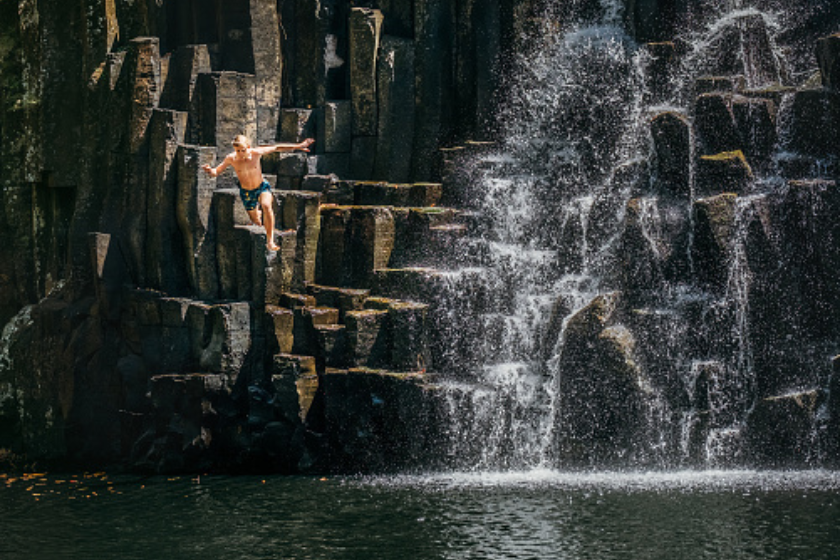
Getty Images
Over the last eight years, 385 people have lost their lives to fast-moving waters. According to the National Park Service, one of the deaths was a 22-year-old Australian who died in 2018 when his raft capsized in Wrangell-St. Elias National Park in Alaska.
Lake Mead sees the most of these (and the most deaths of any national park, but more on that in a minute), with 47 drownings in eight years.
Rangers point out that fatalities happen each year due to people not securing their pool toys and rafts while in the water. Also, many drowning deaths could have been avoided if swimmers were wearing personal flotation devices. Whether you are a strong swimmer or not, always wear a life vest while in the water, and follow all boating rules and the park's safety precautions.
Also Really High on the List: Falling and Environmental Deaths
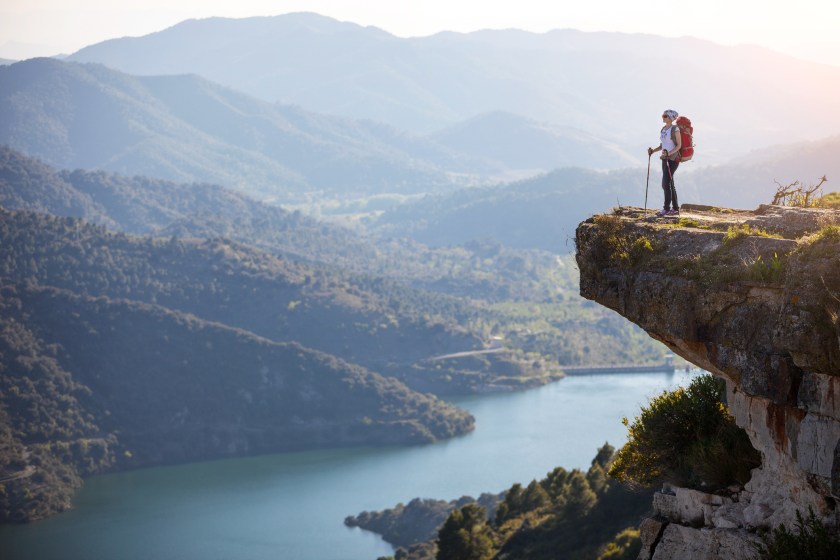
Getty Images, photobac
Over the last eight years, falls have led to 206 deaths while environmental deaths accounted for 91.
The most dangerous hikes have a couple of factors in common: Many of them have steep ascents, fast-moving currents, and slippery rocks. And mountains such as Rainer and Washington top the list of most dangerous mountains due to their unpredictable weather and difficult terrain. Even the most experienced hikers can find themselves in too deep in these parks.
Since the 1800s, over 300 deaths in Yosemite have been attributed to falls. In October 2018, a man and a woman were found 800 feet below Taft Point after falling at the popular picture spot. Authorities attribute the falls to people trying to get the perfect selfie. Michael Ghiglieri, co-author of "Off the Wall: Death in Yosemite," told the Los Angeles Times, "A lot of people when they're in a place like Yosemite where there's spectacular danger, they can't just be there, they have to brag about it. This idea enters like a Grim Reaper with a camera." People get as close as they can to the edge of cliffs, waterfalls, and rivers for the perfect shot, not taking into account the dangers the trails hold.
Yellowstone's thermal features are a common place for injuries. Tourists feel they can touch the water without consequence, and many have been gravely injured. In 2020, a woman slipped in, resulting in burns. However, she was lucky enough to escape with her life, making it 47 miles to the nearest rangers. The cause? Trying to line up the perfect camera shot.
While she was lucky, many others have lost their lives in the scalding water. In 2016, a man fell into the Norris Geyser Basin and died. The water was so hot his body dissolved- a good reminder to give the waters the space and respect they deserve.
Deaths From Wildlife: Shockingly, Just 5
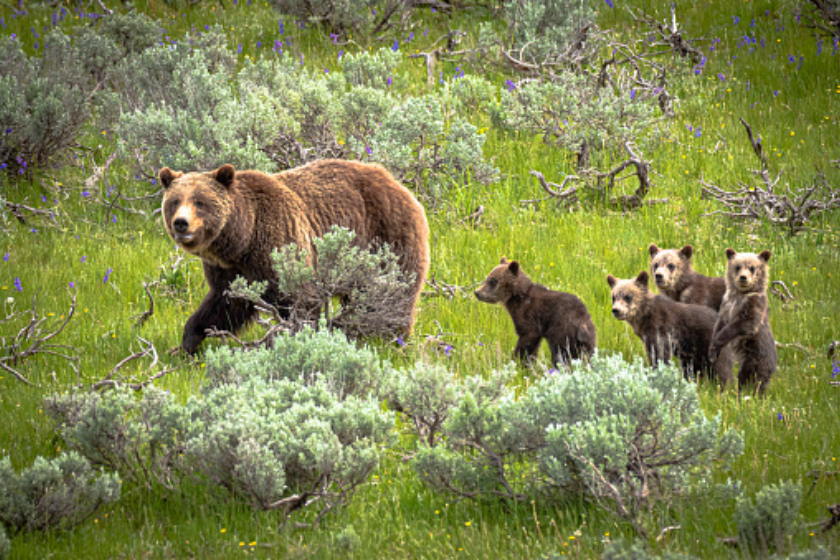
Getty Images
With as much time as the National Park Service spends warning visitors about interacting with wildlife, only five deaths over the past eight years are attributed to animal attacks. While the low number is reassuring, there are plenty of dangerous animals to watch out for while visiting national parks.
Bears are one of the biggest threats to park visitors. And although the Park Service doesn't release much information on the five deaths, mountain lions are known to attack and kill people and their dogs. However, only 27 people in North America have died from mountain lion attacks over the last 100 years or so. Either way, avoiding interaction with wildlife while visiting the parks is best.
Park With The Highest Number of Deaths: Lake Mead
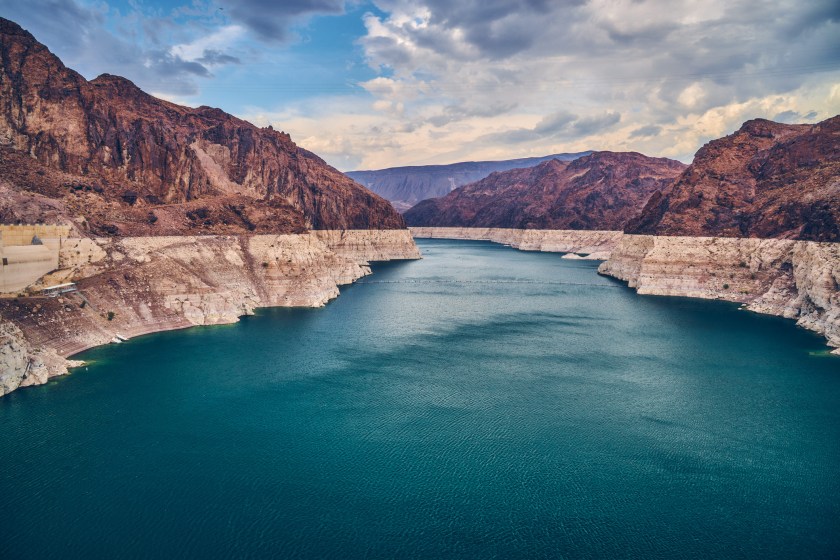
Getty Images, jmichaelmedia
The most dangerous place to visit over the last eight years has been Lake Mead National Recreation Area, which has had 145 deaths—largely drownings (47). In April 2015, a teen jumped from a cliff into Lake Mojave to help a swimmer in the water but disappeared. Sonar was later used to find the body. In 2020, eight people drowned at the recreation area, with one June incident attributed to a man going underwater while swimming with an inflatable raft. Onlookers pulled him from the water and began CPR, but the man didn't make it. Authorities said that he wasn't wearing a life vest and the inflatable was not secured.
Other parks with a high death rate among their peers: Grand Canyon National Park reported almost 100 deaths, led by medical-related deaths. Among the top five parks with the most fatalities are Yosemite National Park, 94; Great Smoky Mountains National Park, 80; and Natchez Trace Parkway, 74.
Park With the Highest Mortality Rate: North Cascades National Park
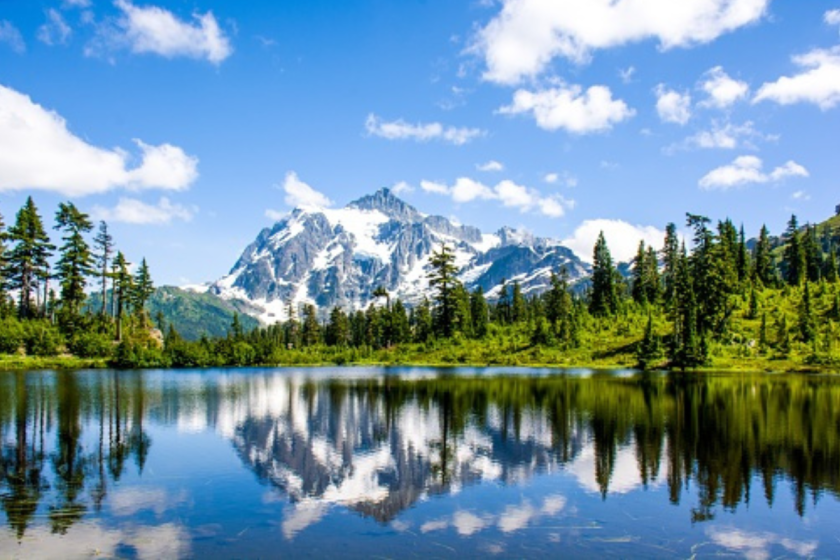
Getty Images, SoisudaS
Park mortality rates are calculated by the number of visitors versus how many people died in the park during the same time frame. Not all parks track their visitors and the NPS doesn't include every park on the list, but the park with the highest mortality percentage is North Cascades National Park. Here, there are nine deaths out of 220,500 visitors, giving them a 0.0004% mortality rate.
Three deaths were due to falls, two motor vehicle crashes, two were environmental, one was a medical-related death, and the other was undetermined. The number of deaths may be shocking, but compared with the number of visitors the parks receive each year, the percentage is less than 1%.
